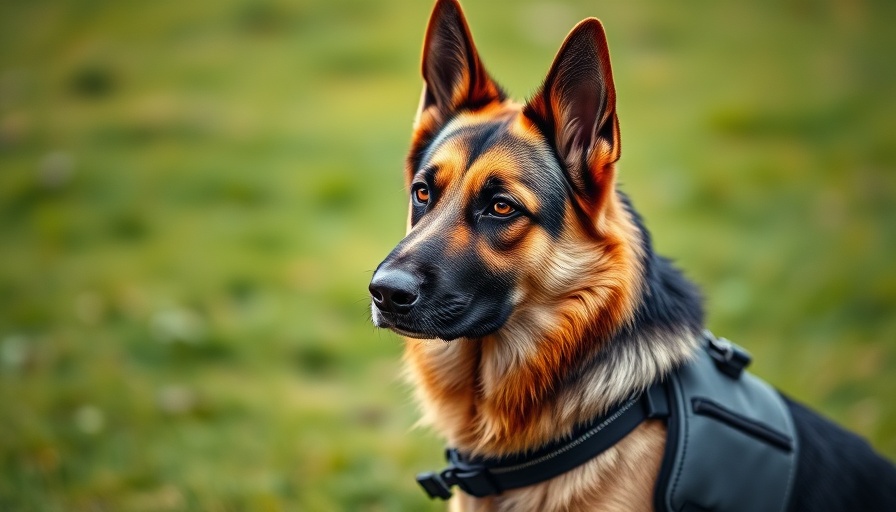
The Joy of Park Visits: Protecting Your Furry Friend
Taking your dog to the park is not just a routine outing; it's an adventure that can enrich their life and deepen the bond you share. However, while these outings can be joyous, they also require vigilance to ensure your dog’s safety. In this article, we’ll outline essential tips to keep your dog safe at the park, focusing on preparation, hazard awareness, and social etiquette.
Preparation is Key: Ensure Your Dog's Health and Safety
Before heading to the park, it's important to verify your dog's vaccinations are up to date. Core vaccinations such as Canine Distemper, Parvovirus, Hepatitis, and Rabies are crucial barriers against common diseases. Consult with your veterinarian to ensure your dog is sufficiently protected. If you’re new to dog ownership, remember that vaccines often require a series of shots, so allow adequate time for this prior to your park visit.
Supplies That Matter: Packing Essentials
Don't overlook the importance of packing essential supplies. Always bring a collapsible water bowl with fresh water, especially on hot days. Hydration is crucial for your dog’s health while they enjoy playtime. In addition, high-value treats can reinforce good behavior, making it easier to manage your dog amid other distractions. Most importantly, carry waste bags to clean up after your dog—a responsibility every dog owner should embrace to maintain a clean environment.
Choosing the Right Gear: Safety First
The right gear can significantly impact your dog’s safety and comfort. A flat collar with ID tags is typically adequate, but for dogs that pull, a front-clip harness can offer better control without straining their throat. It's also advisable to use a sturdy, 4-6 foot non-retractable leash instead of popular retractable leashes, which can sometimes lead to dangerous situations, including entanglement or loss of control.
Health Before Adventure: Conducting a Pre-Visit Check
Before setting off, take a few moments to conduct a quick health check. Observe your dog for signs of illness or discomfort. If you notice unusual behavior—such as lethargy or loss of appetite—it may be wise to postpone your visit and seek veterinary advice. Watching for these signs can potentially avoid complications later.
Know the Rules: Etiquette Enhances Safety
Familiarizing yourself with park-specific regulations is essential for a safe visit. Many parks have designated areas for large and small dogs, specific visitation hours, and guidelines for bringing toys or food. Understanding and adhering to these rules not only protects your dog but also enhances the experience for everyone around you.
Understanding Park Etiquette: A Community Effort
Beyond preparation and compliance with regulations, understanding park etiquette can contribute significantly to your dog’s safety. For instance, allowing dogs to engage with one another under supervision can foster healthy socialization. However, always monitor interactions, as not every dog will be sociable. If a conflict arises, intervening swiftly can prevent injuries. It’s useful to recognize signs of aggression and to remove your dog from the situation if necessary.
Future Perspectives: Staying Vigilant
As dog parks become increasingly popular, the importance of educating ourselves on safety, health, and etiquette continues to grow. For future visits, remain proactive about your dog’s well-being. Attend training classes, engage with other dog owners for tips, and always stay informed on best practices. This approach creates a community of responsible dog owners who prioritize safety.
Act Now for a Safe Park Experience
Your dog's safety should never take a backseat to enjoyment. A proactive approach involving careful preparation, proper gear, and strong community etiquette not only protects your furry companion but also contributes to a harmonized experience for all park visitors. Prioritize your dog's health, bring the right supplies, and familiarize yourself with park rules for a delightful outing every time!
 Add Row
Add Row  Add
Add 




 Add Row
Add Row  Add
Add 

Write A Comment